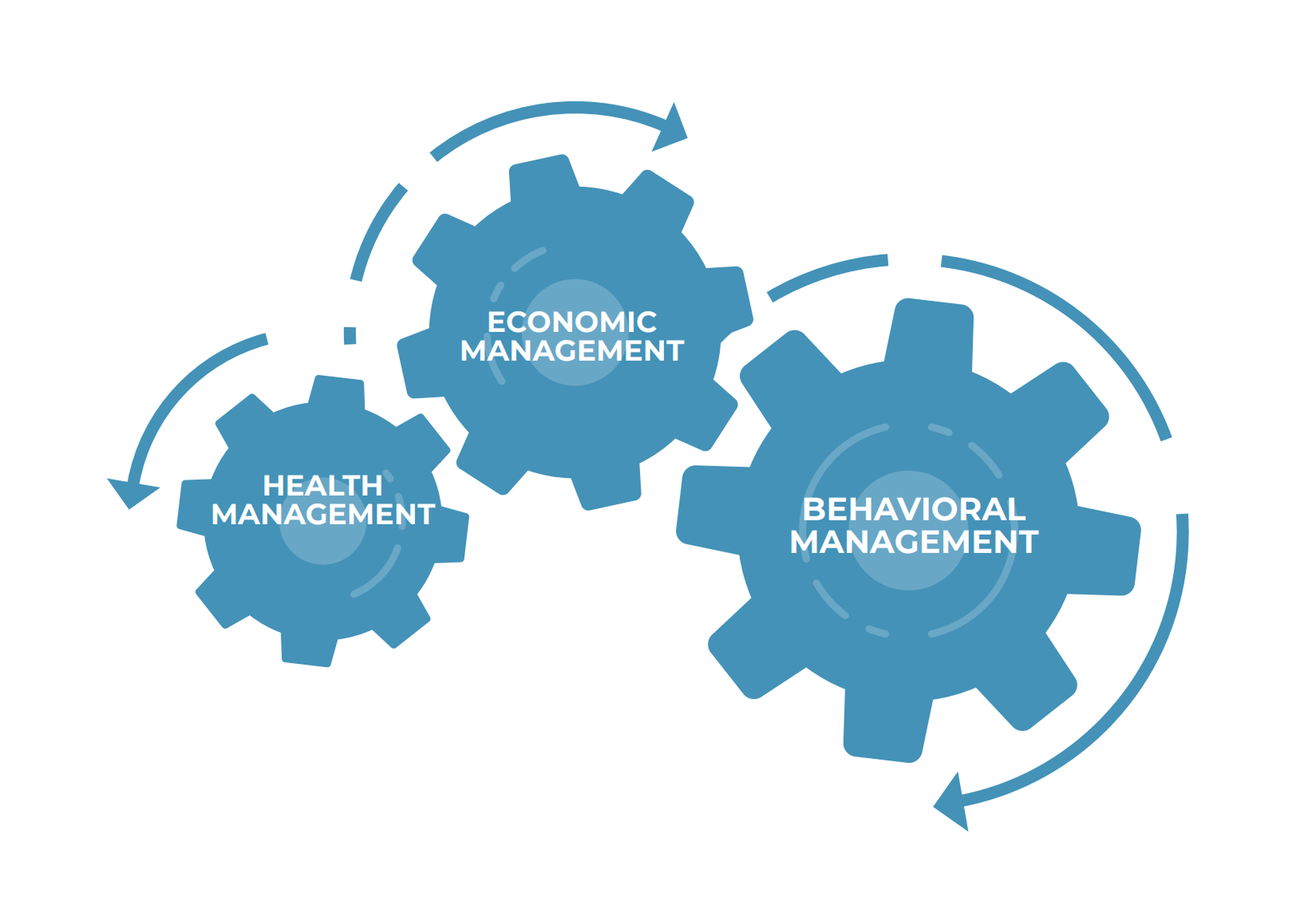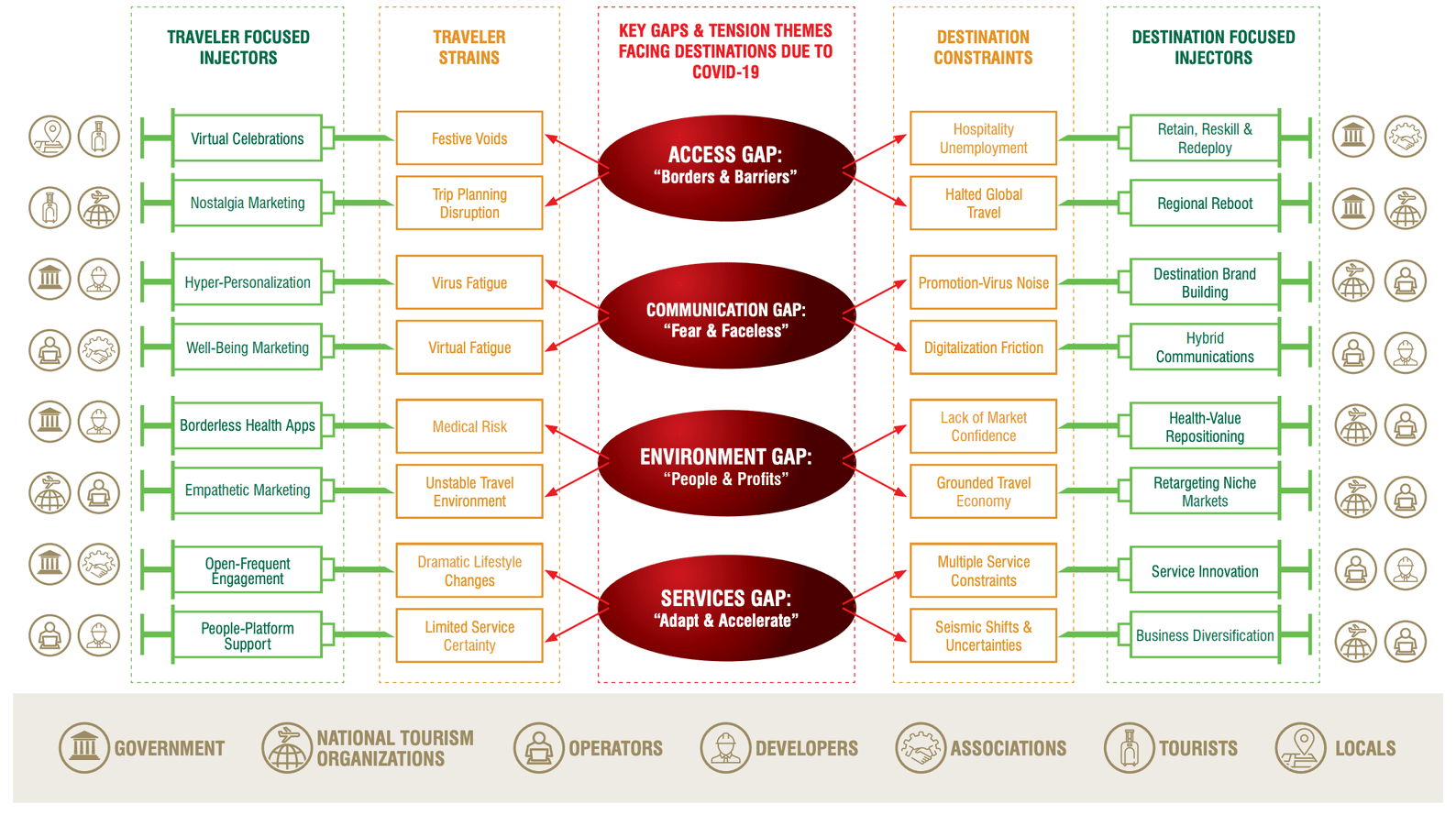
The wildfire spread of COVID-19 in 2020 had the biggest impact on the global travel and tourism trade. The requirement for social distancing and minimal human contact brought about extended border closures triggering a drastic reduction in world travel in 2020. However, after nearly nine months of unprecedented changes in work and personal lifestyles, many countries have reopened borders while others are working towards travel as the norm. Still, these new times bring with it new changes and challenges, and a need for restrictions and strict implementation of health and safety protocols.
Amidst this chaos, Mastercard and CrescentRating launched the first Travel Readiness Report: COVID-19 in ASEAN 2020 in June 2020. Aimed at understanding travel readiness from two perspectives – the destination countries and the inbound travel target markets, the Report is an introspective study of how to navigate prevailing operating conditions and emerging challenges as the world continues to revolve and times move on amidst changing consumer outlook. While the Report analyses and recommends the way forward for the ASEAN region, the frameworks, models, and parameters analyzed give great insights that could guide the global tourism industry to a new awakening post-COVID-19.
CrescentRating also released a webinar based on the report during its launch:
The Report is structured around the Mastercard-CrescentRating Travel Readiness Framework (TRF) and analyzes a set of drivers, the phases and paths to reopening, and the necessary interventions (injectors) to jumpstart the travel industry, close gaps, and move forward to meet projected growth. The TRF considers country-specific requirements, although interpretations through the evaluation of the drivers have showcased similar emergent trends within the populations of countries examined.

Fig 1: Mastercard-CrescentRating Travel Readiness Framework (TRF)
The basis of the study is derived by putting into context the impact of COVID-19 on the three identified travel readiness drivers - Health, Economy, and Behavior. Each of the drivers are evaluated using multiple aspects that are inevitably interconnected.

Fig 2: Travel Readiness Drivers
In evaluating the drivers, the report mainly focuses on the popular ASEAN destination countries of Malaysia, Thailand, and the Philippines; and ASEAN’s top 8 inbound target markets of Mainland China, South Korea, Japan, Australia, India, United Kingdom, USA, and Taiwan. This enables the study to emphasize the impact of COVID-19 on the economic impact on people’s behaviors with changing personal circumstances.
Accordingly, under the Health consideration, the study analyzes the spread of COVID-19 from the first cases to the pandemic level with corresponding restrictions on international and domestic travel in the ASEAN region. The easing of restriction has also been identified with both Cambodia and Singapore commencing opening the country as early as April 2020. The Report then puts into context the impact of COVID-19 on the economic and behavioral drivers. The economic driver reflects on the impacts on GDP, tourism sector employment, and the state of domestic travel of the ASEAN region. While, the behavioral driver examines the impact of COVID-19 on household finances, daily activities, shopping, travel plans, and travel planning of people in Malaysia, Thailand, and the Philippines. The impact on Intra-ASEAN tourism to Singapore is also analyzed.
Not surprisingly, the results of the analysis reveal that in Malaysia, Thailand, and the Philippines, both domestic and international travel was either postponed or canceled, while entertainment, shopping, and eating out significantly reduced due to the spread of COVID-19. Household finances of all age groups in the low to medium categories from these countries were also negatively impacted. These changes in spending and consumer behavioral patterns are considered critical aspects of reviving travel as they have a high impact on the future readiness of the travel industry.
To ensure a successful revival of the travel industry, it is imperative to not only comprehend the impact of COVID-19 on the identified Travel Readiness Drivers of Health, Economy, and Behavior in the current context but also develop strategies to manage them to encourage another change in consumer spending and behavior pattern.

Fig 3: Managing the Travel Readiness Drivers
Using the TRF as a guide, the study then considers the paths of reopening travel in the ASEAN region. Understanding the stage of the reopening of a country’s borders and level of travel tolerance will allow travel and tourism companies to plan and target its market accurately.

Fig 4: The Paths of Recovery
According to the TRF, the next step is for countries to plan their individualized post-COVID-19 travel recovery roadmaps. However, to ensure success, the recommendation is to ensure the roadmap follows the recovery phases - containment, recovery, normalization, and growth - of the country.

Fig 5: Recovery Phases
To identify the path to travel recovery, the study also examines the future trip planning sentiments in terms of domestic, intra-ASEAN, and international travel. Thereafter, the path to recovery for the ASEAN region is clearly identified by the report. The Mastercard-CrescentRating Report provides three clear routes—positive, plausible, and pessimistic—for 2021 and 2022 based on market size and market openness.
The last step in the TRF is to identify the injectors expected to propel growth and close existing gaps leading to a successful travel recovery in the near future. To assist in this regard, the study uses the CrescentRating ACES Framework for Destinations, to identify the interventions (injectors) required to overcome challenges and close the gaps that COVID-19 has caused in the ASEAN region.

Fig 6: CrescenRating ACES Framework for Destinations
In all, 16 injectors have been identified, and the Report recommends using several interventions simultaneously to close gaps that have developed due to the impact on access, communication, environment, and the services offered by travel and tourism destinations. Taking this a multipronged approach to maximize the benefits to travel stakeholders is expected to help charter the future path to success.

Fig 7: CrescentRating Multi-Pronged Travel Recovery Gap Injectors
Download the full Mastercard-CrescentRating Travel Readiness Report: COVID-19 in ASEAN 2020 here to benefit from the full study.